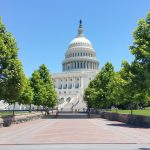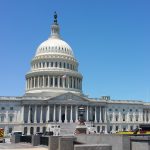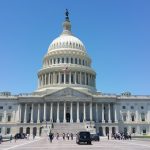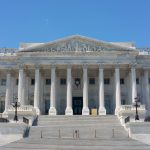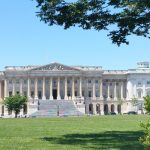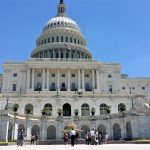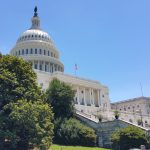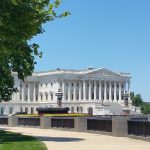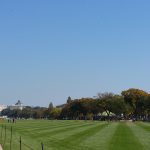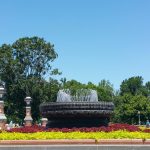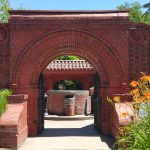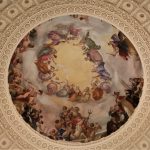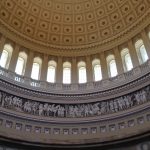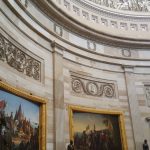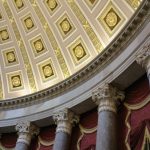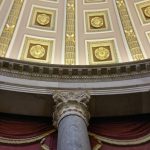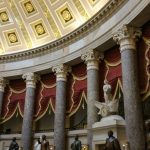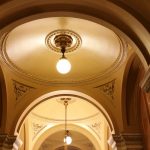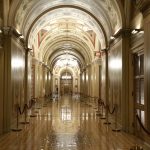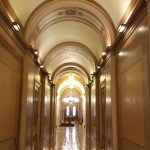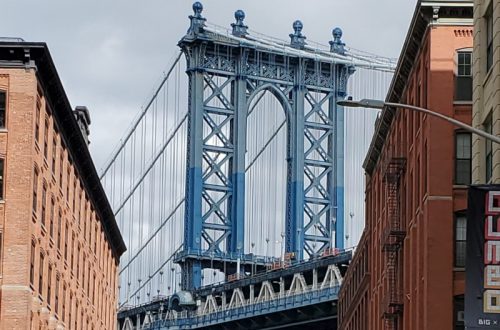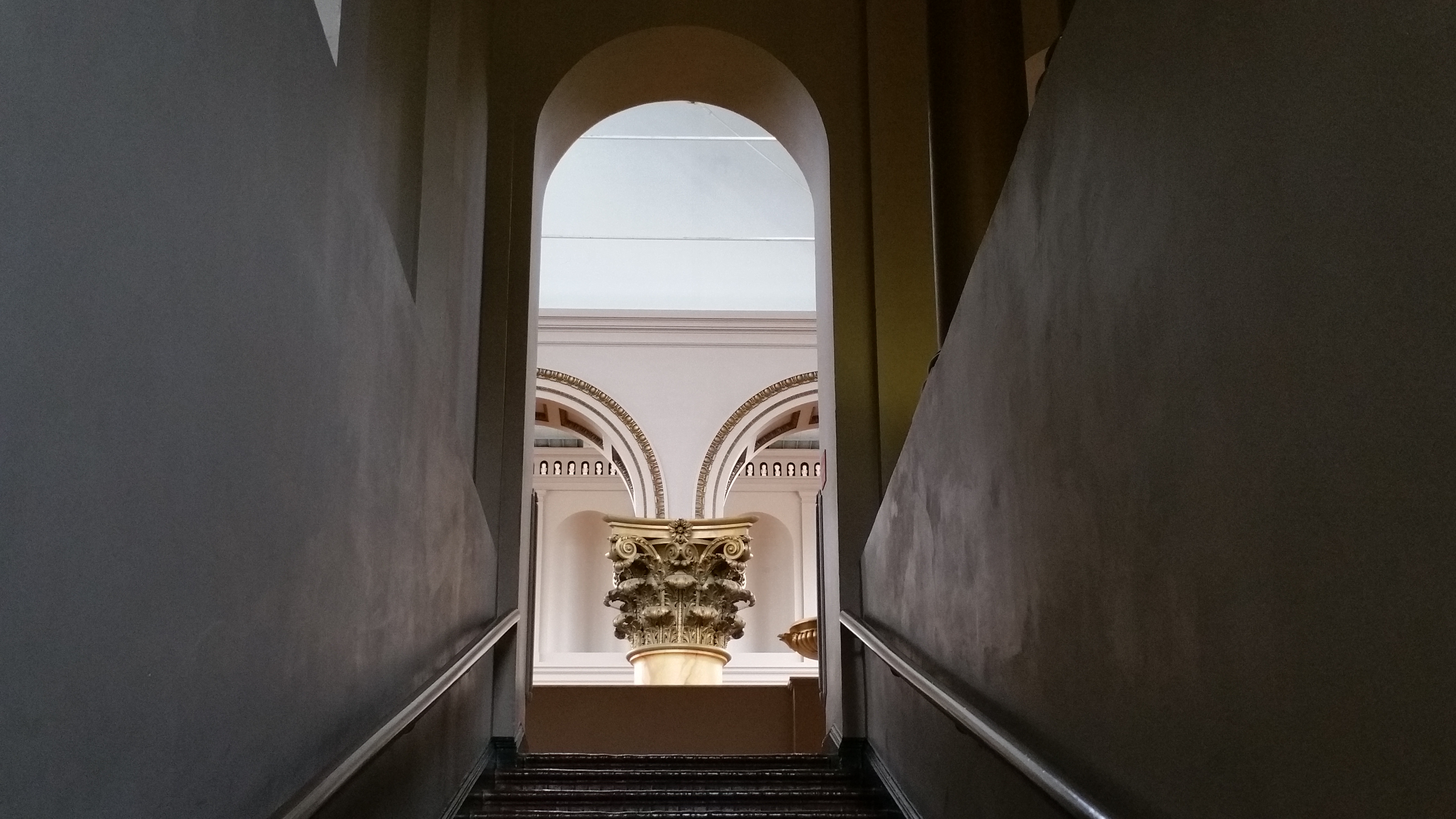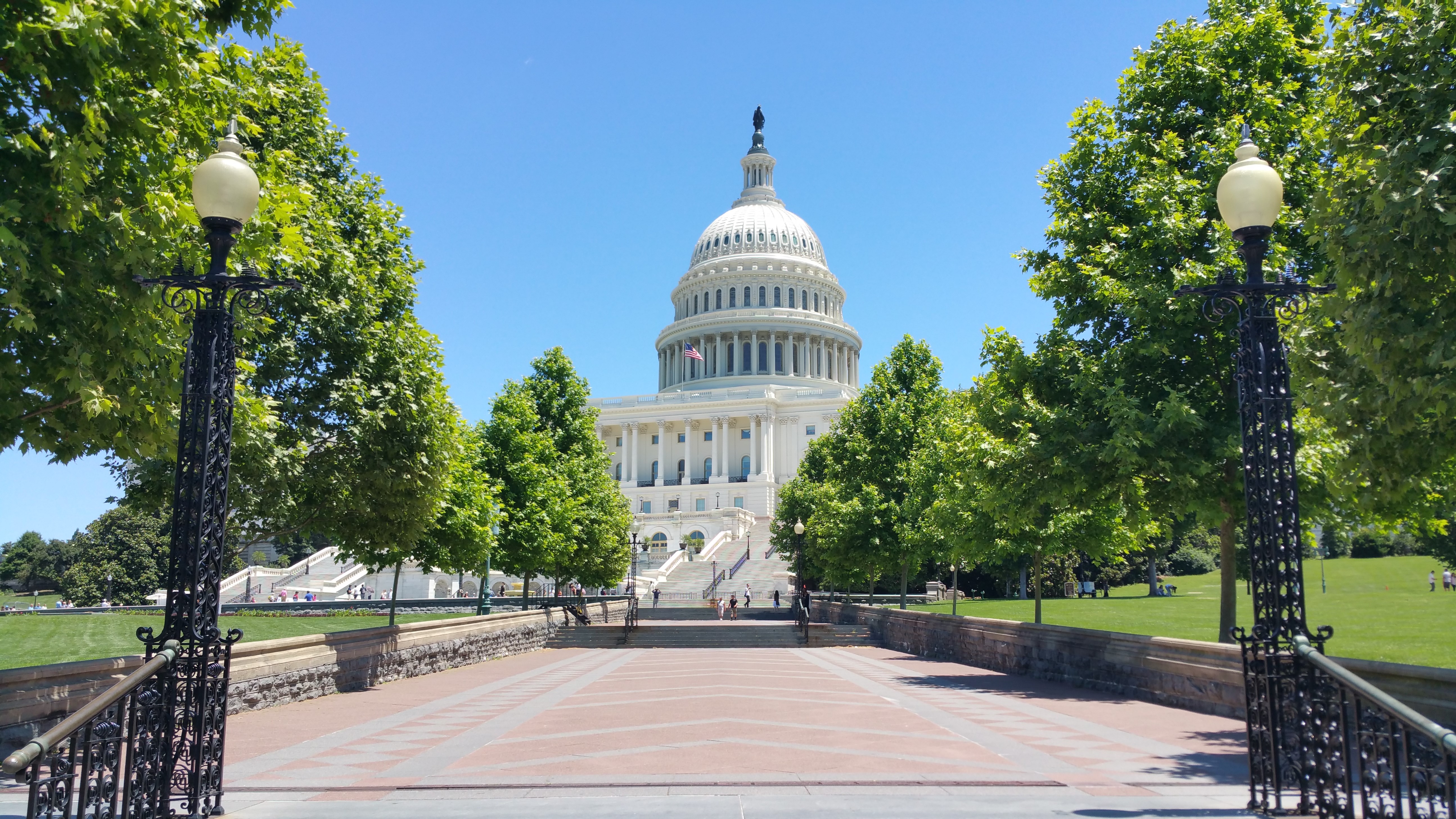
United States Capitol- Washington, DC
One of the most recognizable buildings in the world, the United States Capitol is a neoclassical masterpiece. Inside and out, it is befitting of the important business that takes place inside its hollowed halls. Built and renovated many times over, it is a historical landmark almost as old as the country itself.
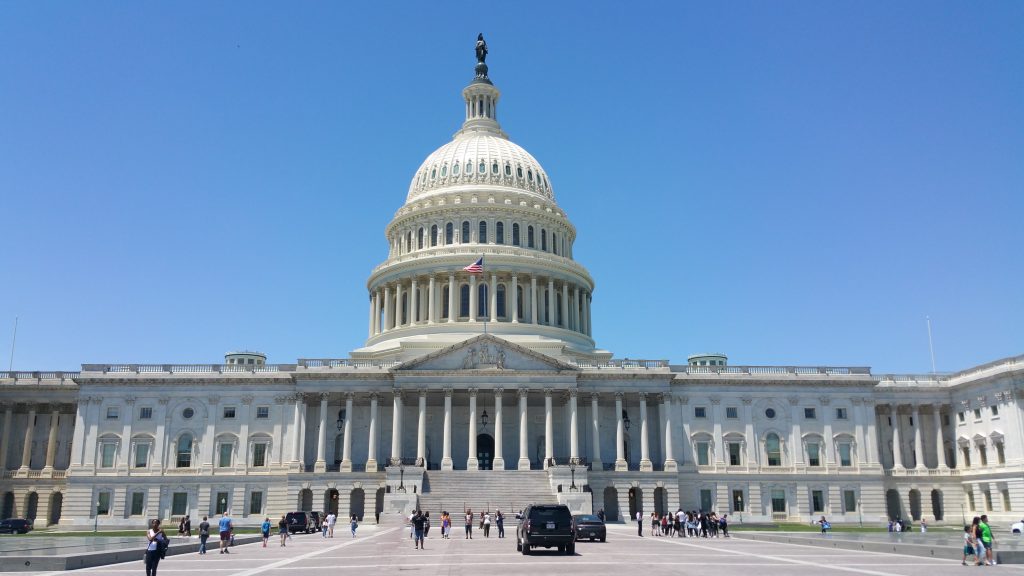
Built shortly after the capital city of Washington, D.C. was established, on land selected by Pierre L’Enfant, its construction proved to be a monumental task. In 1792, at the suggestion of Thomas Jefferson, an architectural competition was held for the design of the Capitol building. With the original 17 submissions deemed unsuitable, in 1793 George Washington selected Dr. William Thorton’s late entry, which featured a domed topped central building, flanked by two wings.
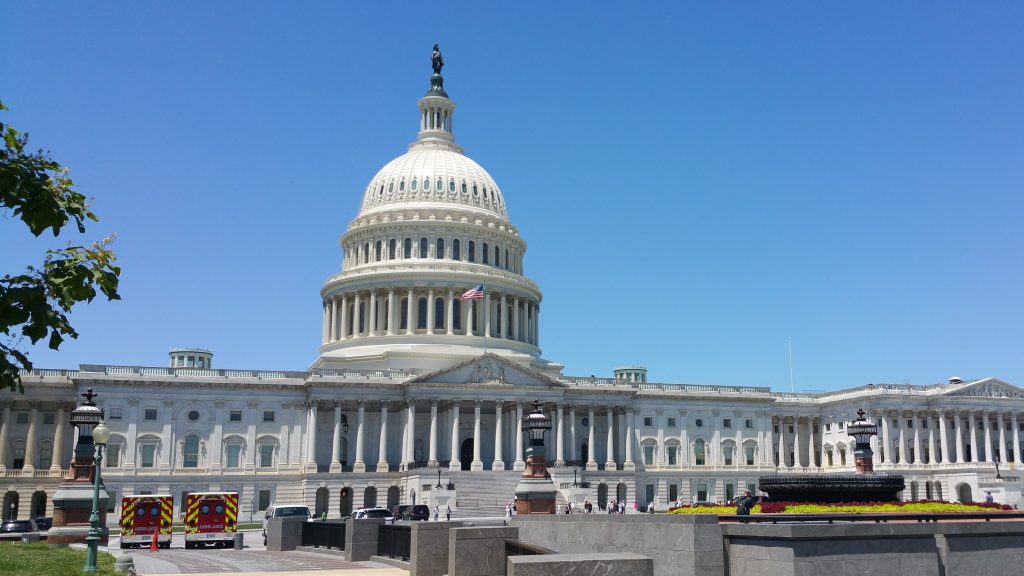
Although construction commenced quickly, with the cornerstone laid by Washington on September 18, 1793, it was mired in delays. Funding was inadequate, skilled workers were scarce, and the white sandstone had to be ferried in from Aquia, Virginia. By 1800, only the building’s north wing was substantially complete when the occupants (Congress, Supreme Court, Library of Congress, D.C. Courts) moved in.
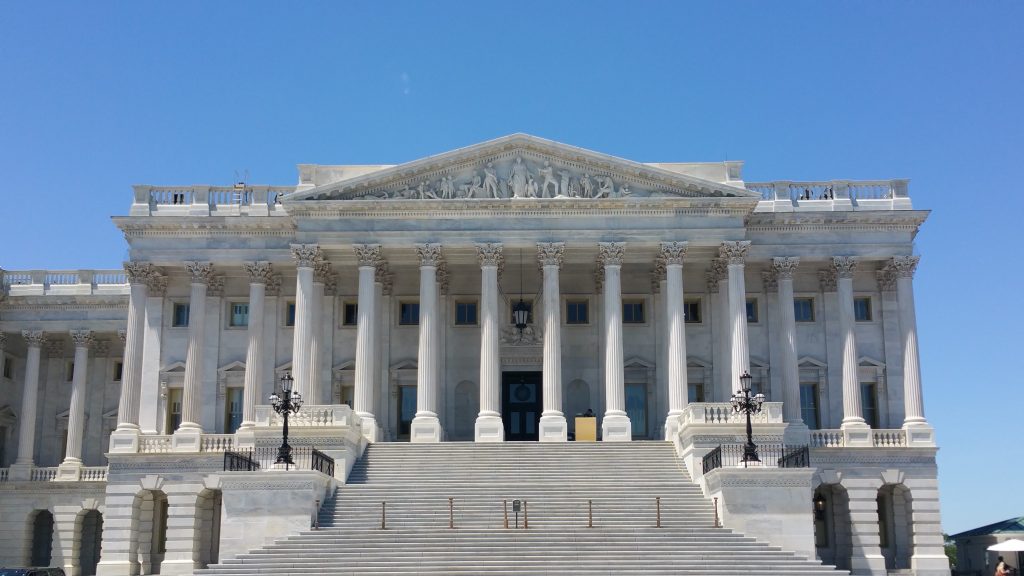
In 1803, Congress appropriated $50,000 for construction of the south wing of the Capitol. At virtually the same time, the supervising architect Benjamin Latrobe reported the interior of the north wing was deteriorating, and required immediate attention. In 1814, while construction was underway on both wings, the building was burned by British soldiers.
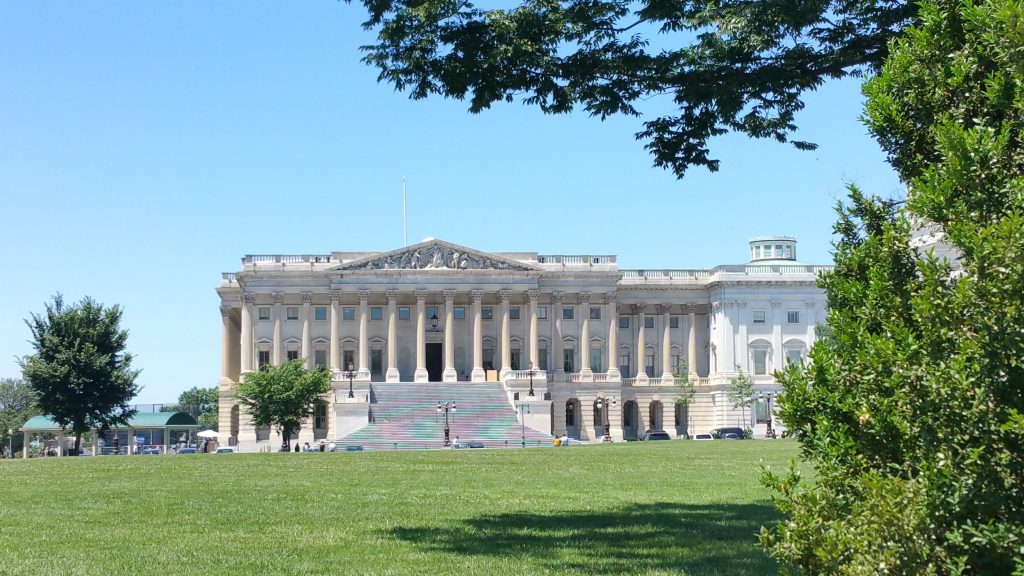
Following the War of 1812, Latrobe was rehired to restore and redesign the Capitol. Following a series of disputes, Latrobe quit, and was replaced by renown Boston architect Charles Bulfinch. On August 24, 1818, four years following the fire, the cornerstone of the center building was laid; it would not be completed for six more years.
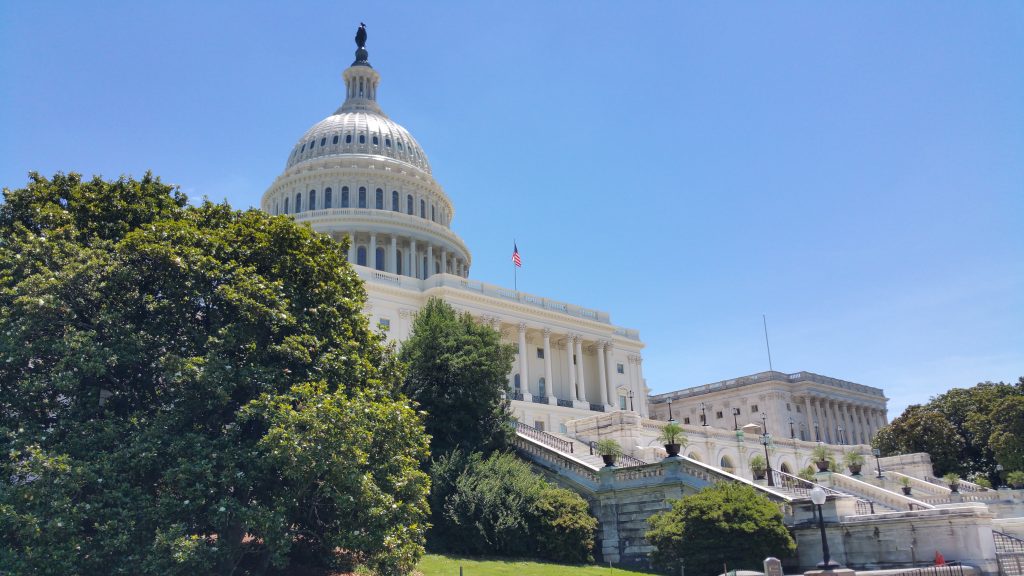
In fact, construction progressed so slowly, virtually by the time the building was complete, the Capitol was in need of an expansion; In 1850, Congress appropriated $100,000 to enlarge the Capitol, under the direction of Montgomery C. Meigs. In 1855, they appropriated an additional $100,000 to replace the original wooden dome with a cast iron replacement, which would better fit the building’s new proportions. In 1863, the new dome was topped with Thomas Crawford’s 19 foot Statue of Freedom.
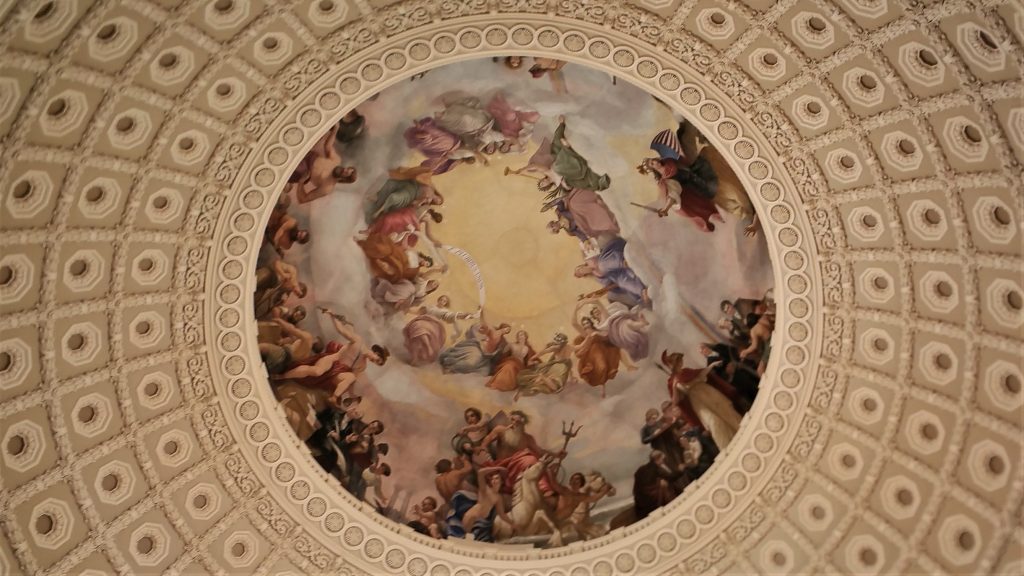
It was Meigs who brought in Italian artist Constantino Brumidi to paint murals on the Capitol walls; beginning in 1855, and continuing for over 25 years, he would adorn the Capitol with intricate historical and allegorical themes, including The Apotheosis of Washington in the eye of the new Capitol dome.
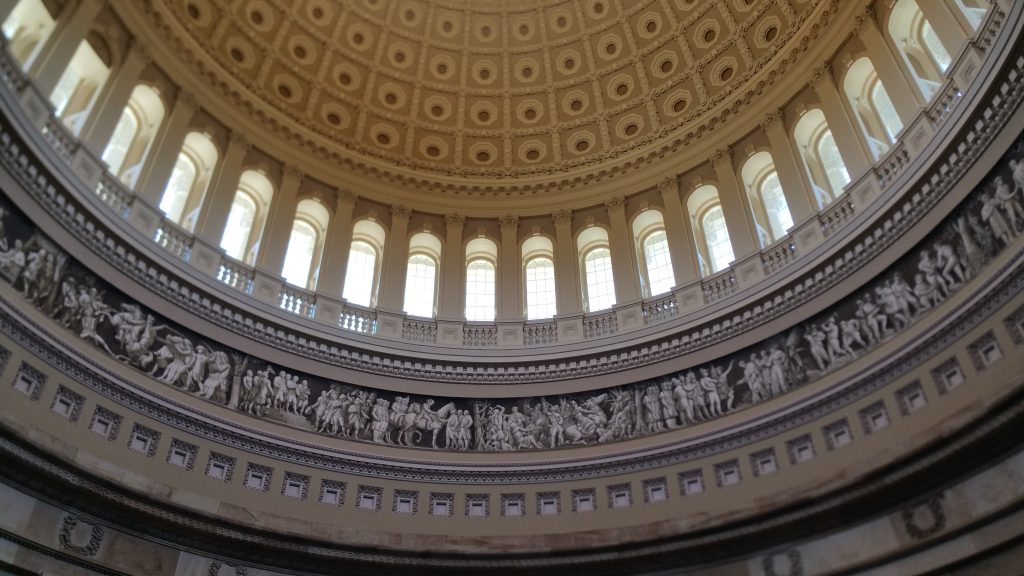
Although found throughout the building, some of Brumidi’s most remarkable work is located on the first floor of the 1859 Senate extension, now known as The Brumidi Corridors. Based on Rapheal’s Loggia in the Vatican, colorful landscapes and wildlife paintings cover the walls, along with military portraits, historic depictions, and allegorical scenes. Fresh off a recent restoration, the magnificent frescoes are as brilliant as the day they were painted.
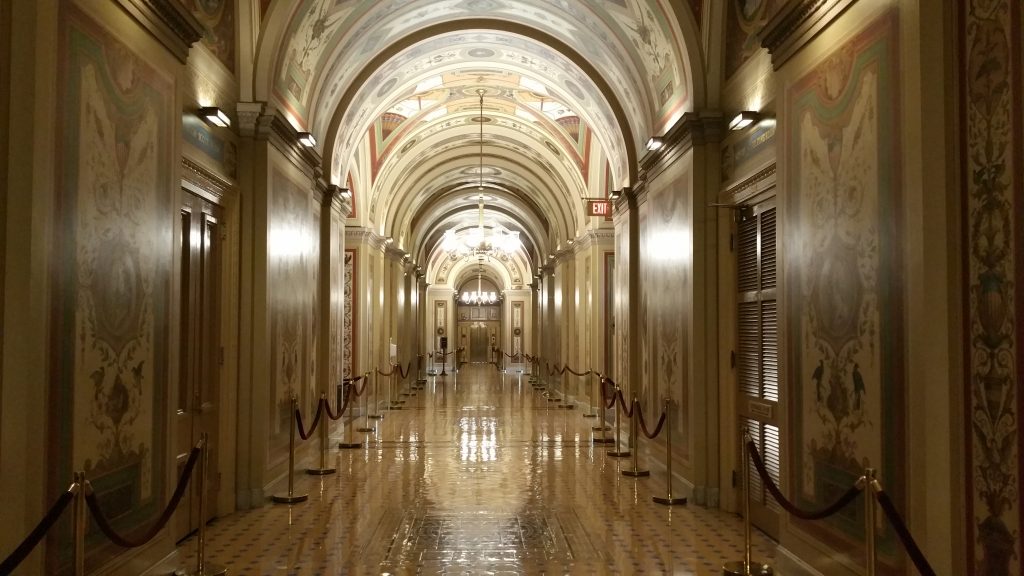
Following the enlargement of the Capitol, the House chambers were moved, and the old space was converted to a statuary hall. Built in the shape of an ancient amphitheater, it is one of the earliest examples of Greek revival architecture in the United States. It is an impressive space, boasting a cast steel ceiling, marble floor, and massive columns of variegated Breccia marble with carved Corinthian Carrara marble capitals.
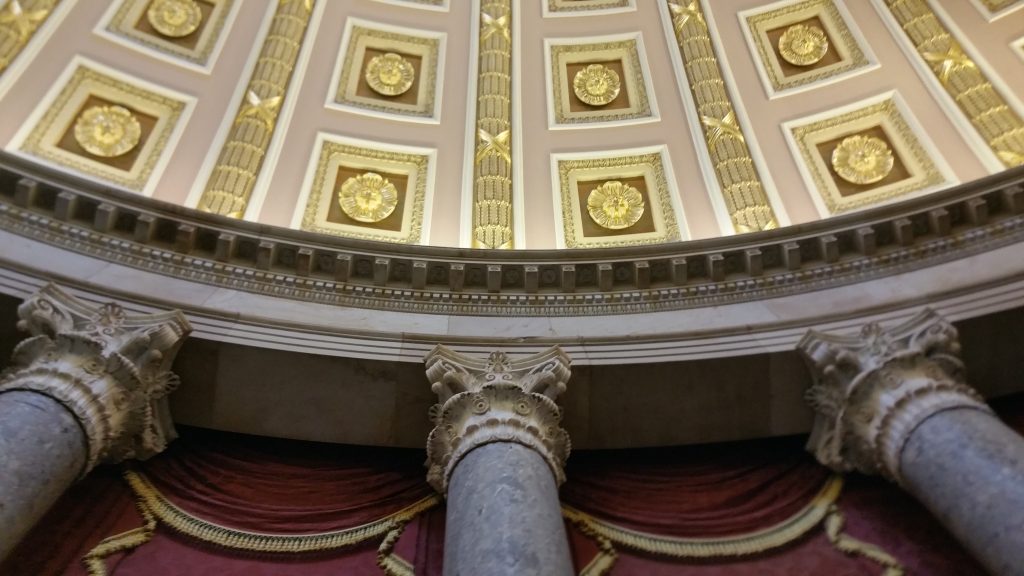
Above the door leading into the Rotunda, Carlo Franzoni’s 1817 neoclassical marble sculpture, Car of History, depicting Clio, Muse of History, riding in the chariot of Time, recording the chamber’s events. Below, a collection of statues donated by each state, to honor their notable historic figures. Unfortunately, the space proved too small for the entire collection of 100 statues; in 1933, all but 35 were relocated to other areas of the Capitol.
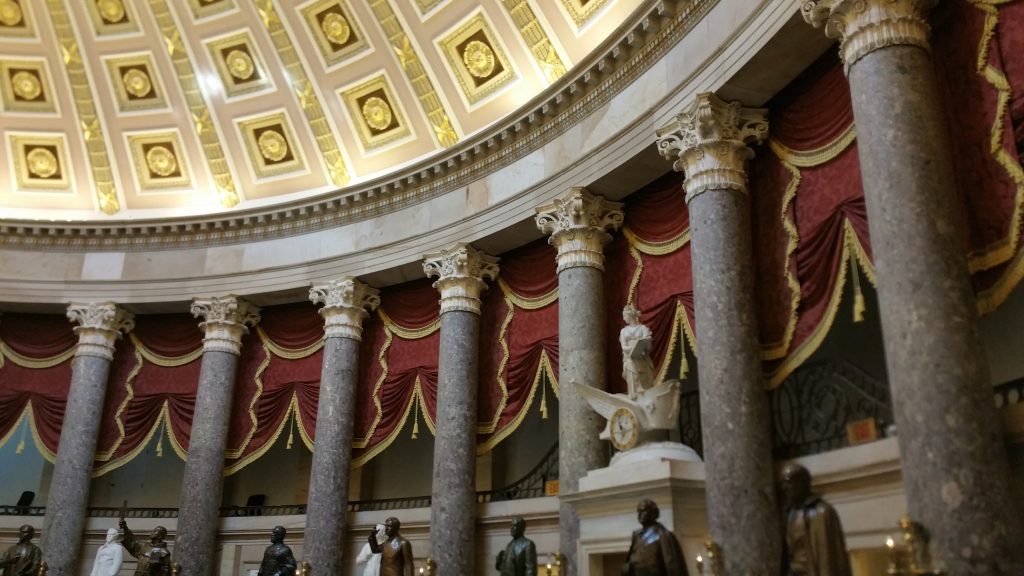
Adjacent to the National Statuary Hall is the Great Rotunda. Completed in 1866, the neoclassic space was intended to recall the Pantheon. Rising 180 feet, with 48 foot tall curved sandstone walls featuring fluted Doric pilasters and a series of carved friezes, it is an impressive space. The lower walls display a series of historical paintings; above, Brumidi’s frescoed frieze, 36 windows, and the cast iron dome with the painted inner eye.
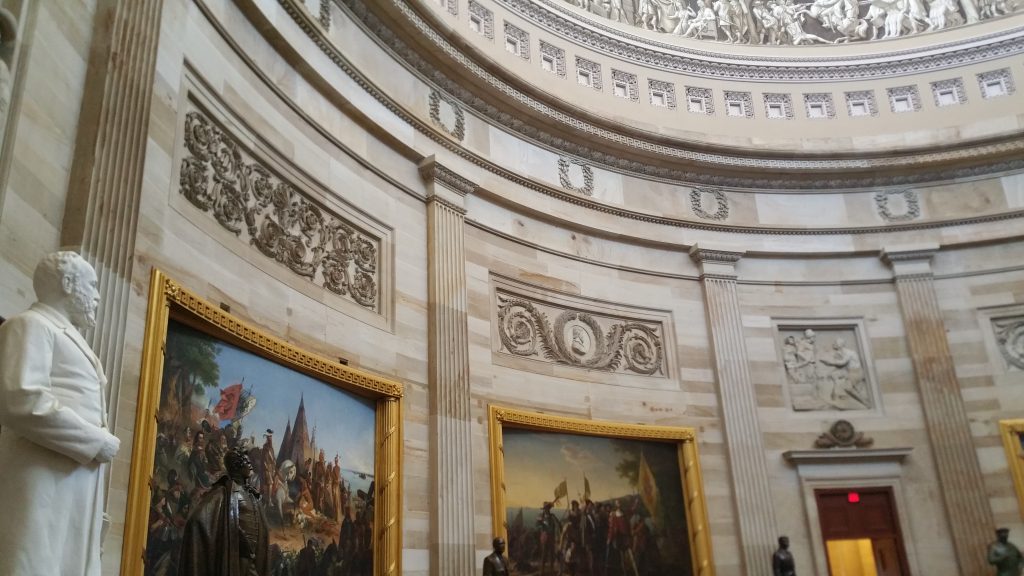
Although 30 acres of land had been acquired for the Capitol Square in 1836, with 28 acres added in 1872, the land remained unimproved until Frederick Law Olmstead was hired in 1874 to design the grounds. He produced a masterful landscape plan that highlighted the Capitol, featuring curved walkways, lamps, benches, low shrubs, fountains, and carefully placed trees. In 1879, he added a summerhouse, featuring decorative brickwork, arched doorways, a spring fed water fountain, and shaded seating for 22 people.
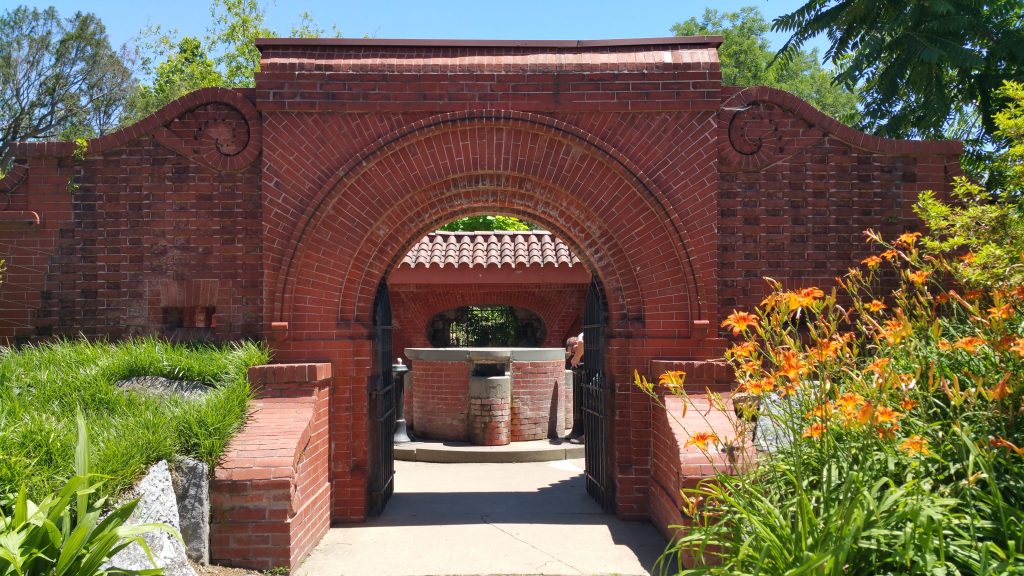
Perhaps Olmstead’s most significant architectural contribution was the addition of a marble terrace that wrapped around the north, south and west facades of the Capitol. Designed to provide a strong architectural base, and draw attention to the west facade, construction took eight years and added 100 rooms to the building.
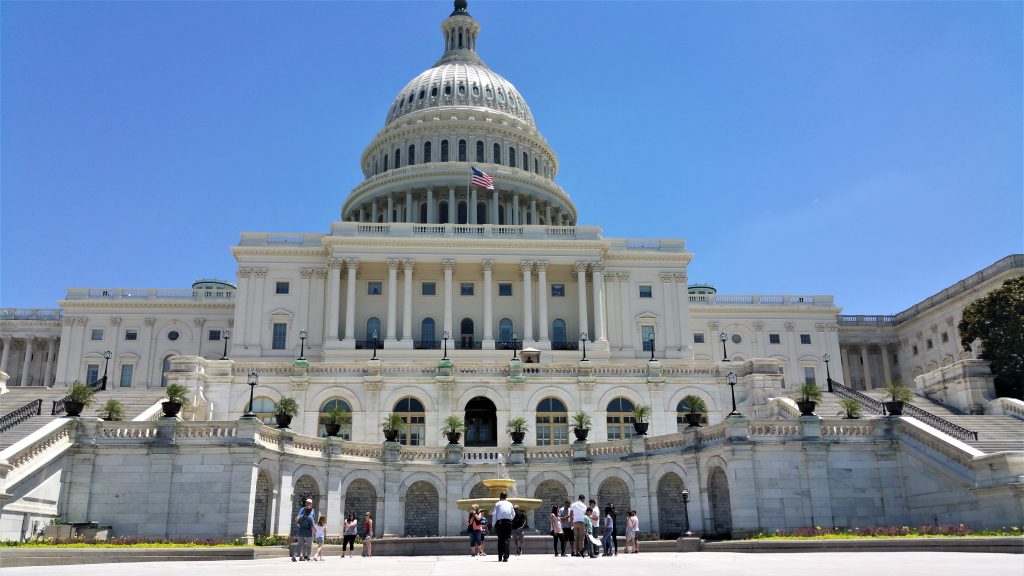
Elegant and grand, the United States Capitol is magnificent both inside and out. While the merits of the politicians who occupy the space may be questionable, the same may not be said about the Capitol itself; it is without a doubt one of the most spectacular buildings in the United States. Most areas inside the Capitol are accessible only by guided tour, with advance reservations; admission to the chambers must be arranged through your congressman or representative directly. Extremely popular, plan for the first tour of the day, during the winter months to avoid crushing crowds.
